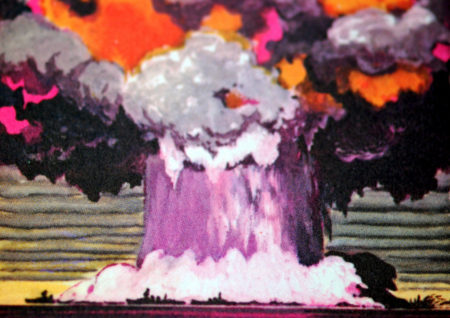
This article was originally published by the Stockholm International Peace Research Institute (SIPRI) on 29 August 2016.
Myth has it that Prometheus stole fire from the Gods and brought it down from Mount Olympus to Earth for the betterment of humankind. Another, more deadly type of fire was brought to the world on 16 July 1945 when the first nuclear explosive device was detonated at the Alamogordo Test Range in the desert of New Mexico, USA. In the intervening seven decades, nine different States have carried out over 2000 nuclear explosions, polluting the world’s oceans, atmosphere and land with devastating health effects on many millions of people and the environment.
Suffering from the radiological effects on human health and the environment, Kazakhstan took the initiative in promoting the adoption of 29 August as the International Day Against Nuclear Tests by the United Nations General Assembly on 2 December 2009 through Resolution 64/35.
It marks the day on which President Nursultan Nazarbayev of Kazakhstan finally closed down the Semipalatinsk nuclear test site on 29 August 1991, signaling that nuclear explosions would never again resonate against the Degelen mountains and in the plains of Central Asia.


